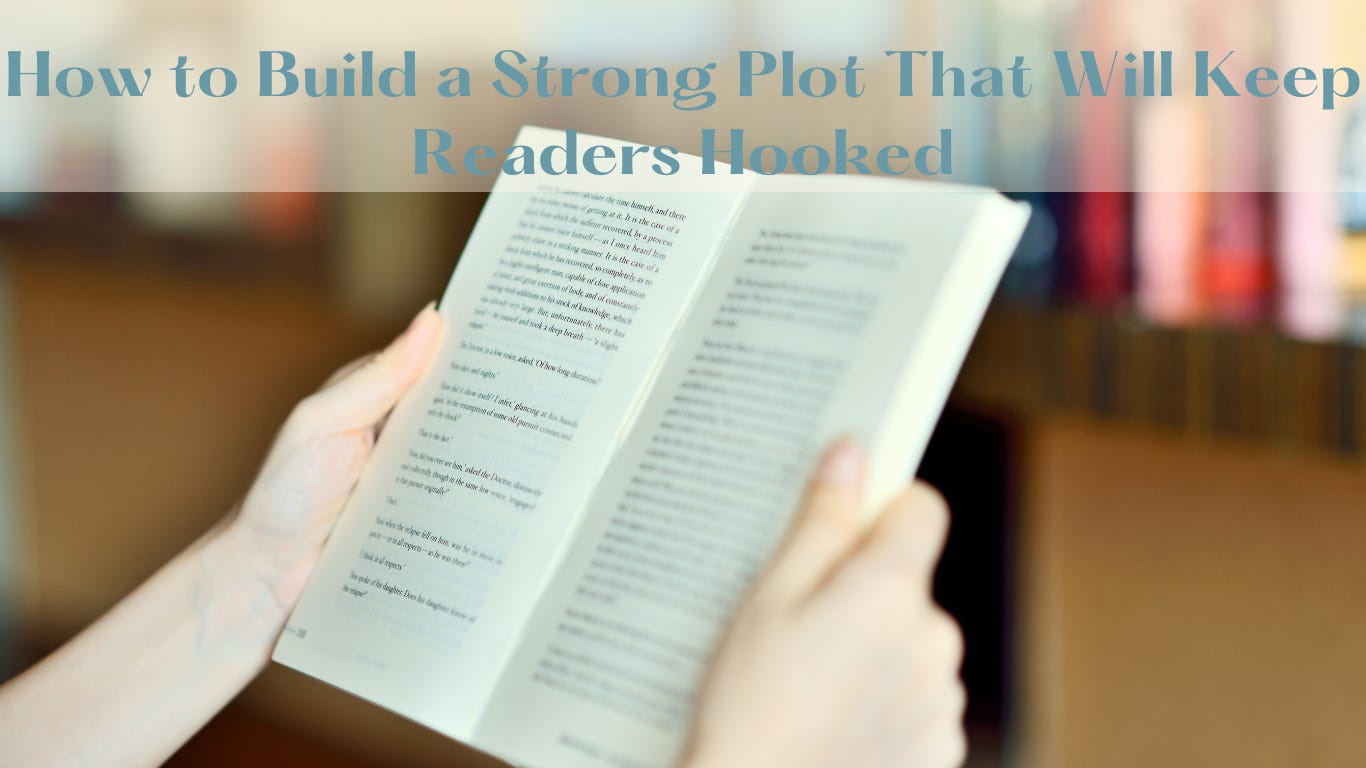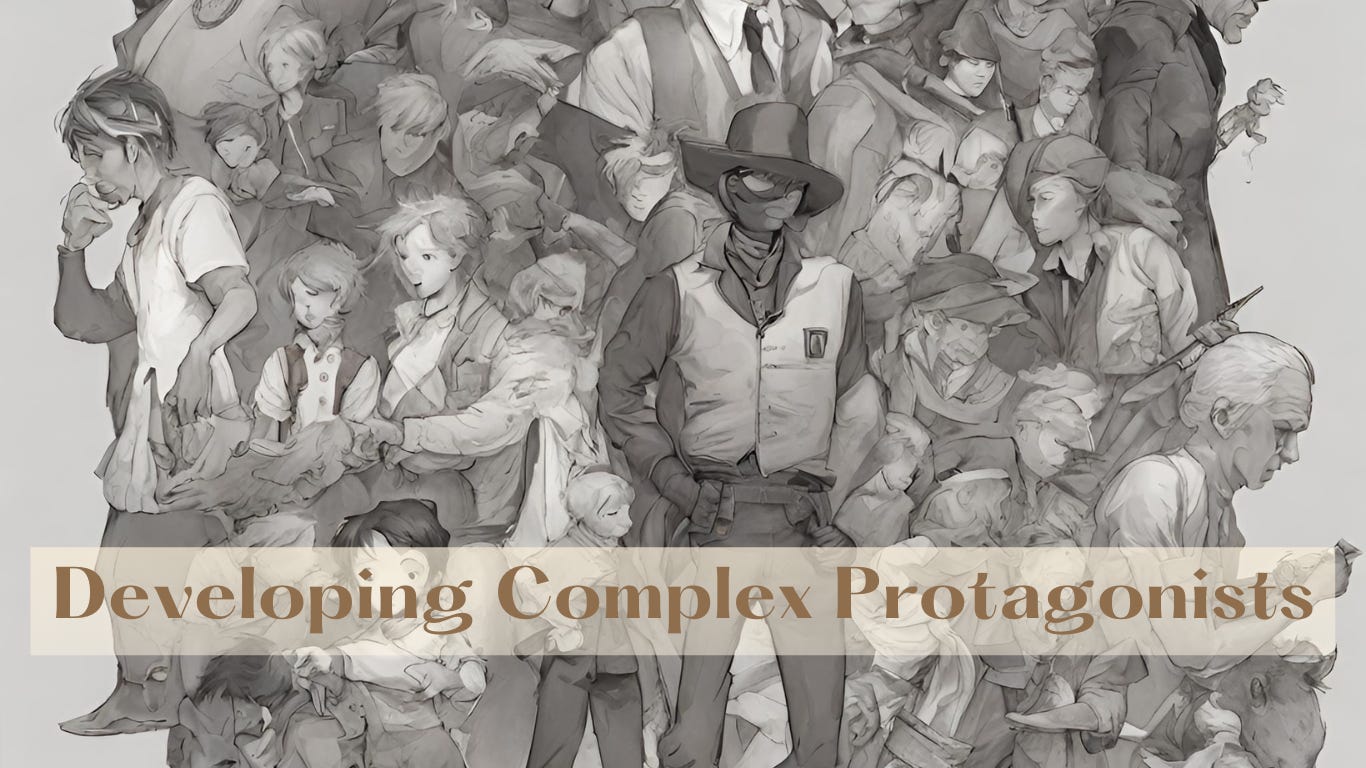How to Build a Strong Plot
That Will Keep Readers Hooked
Introduction
When it comes to writing, one of the most critical elements of any story is its plot. A well-plot can captivate readers, keeping them eagerly turning pages until the very end. In this comprehensive guide, we will explore the art of building a strong plot that will not only engage your audience but also leave a lasting impression. Whether you're an aspiring novelist or a seasoned writer looking to enhance your storytelling skills, this article is packed with valuable insights to help you craft compelling narratives.
Understanding the Basics
1. What is a plot?
At its core, a plot is the sequence of events that make up your story. It's the roadmap that guides your readers through the narrative, introducing them to characters, conflicts, and resolutions. A strong plot provides structure and purpose to your writing.
2. The Three-Act Structure
One popular approach to constructing a plot is the three-act structure. It divides your story into three main parts: setup, confrontation, and resolution. This structure helps maintain a balanced pacing that keeps readers engaged from start to finish.
Creating memorable characters
3. Developing Complex Protagonists
Your main characters are the heart of your story. To create a strong plot, you must first invest in developing multi-dimensional protagonists. Readers should be able to relate to and care about the characters' journeys.
4. Crafting Believable Antagonists
A compelling plot often hinges on a formidable antagonist. Whether it's a villain or an opposing force, the antagonist's motivations and actions should drive the conflict and create tension in your narrative.
Building Conflict and Tension
5. Types of Conflict
Plot development relies heavily on conflict. Explore various types of conflict, such as man vs. nature, man vs. society, and man vs. self, to add depth to your story.
6. The Importance of Rising Action
Intrigue your readers by gradually increasing the tension and suspense throughout the story. The rising action should build anticipation, making it hard for readers to put your book down.
Plot Devices and Techniques
7. Foreshadowing
Use foreshadowing to hint at future events in your story. This technique creates a sense of anticipation and keeps readers guessing about what will happen next.
8. Flashbacks and Nonlinear Narratives
Experiment with storytelling techniques like flashbacks and nonlinear narratives to add complexity to your plot. These tools can provide valuable insights into your characters' pasts and motivations.
Writing Style and Narrative Voice
9. Engaging descriptive writing
Paint vivid images with your words to immerse readers in your story's world. Effective descriptions can evoke emotions and create a more profound connection between readers and your plot.
10. Show, don't tell.
Instead of directly stating facts, show them through character actions, dialogue, and sensory details. This approach makes your storytelling more dynamic and engaging.
Conclusion
Building a strong plot that keeps readers hooked is both an art and a skill. By understanding the fundamentals of plot structure, creating memorable characters, generating conflict and tension, and mastering various plot devices and writing techniques, you can craft narratives that leave a lasting impact on your audience.
But remember, practice makes perfect. Continuously hone your writing skills and experiment with different storytelling approaches to find your unique voice as a writer.
FAQs
1. How long should a plot be for a novel?
The length of a plot can vary widely depending on the type of novel you're writing. However, most novels have a word count ranging from 70,000 to 100,000 words.
2. Can I have multiple plots in one story?
Yes, some stories feature subplots that run alongside the main plot. These subplots can add depth and complexity to your narrative.
3. How do I avoid clichés in my plot?
To avoid clichés, try to put a unique spin on familiar plot elements. Think about how you can subvert expectations or add fresh perspectives to your story.
4. Should I plan my plot in advance or let it develop organically?
Both approaches can work, but it's essential to have a general idea of your story's direction. Some writers prefer outlining their plot, while others discover it as they go. Find the method that suits your writing style best.
5. What do I do if I get stuck while developing my plot?
If you encounter writer's block or find yourself stuck in your plot, take a step back and consider alternative scenarios or character actions. Sometimes, a fresh perspective can unlock new ideas and




